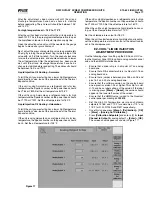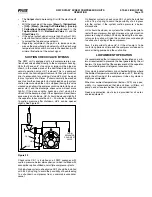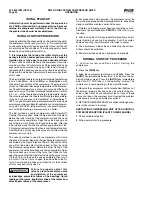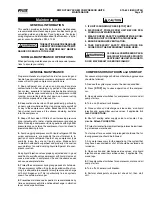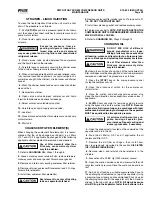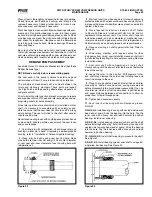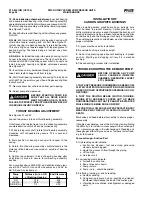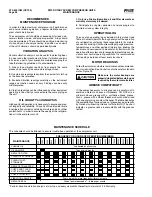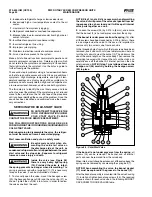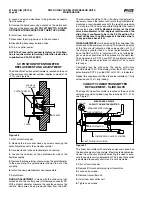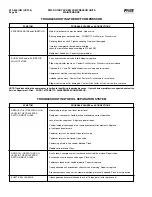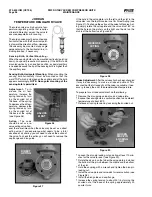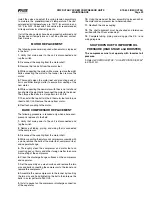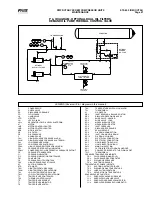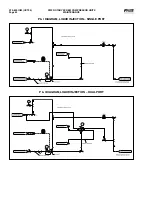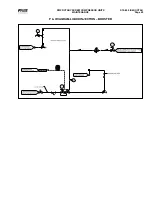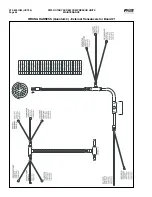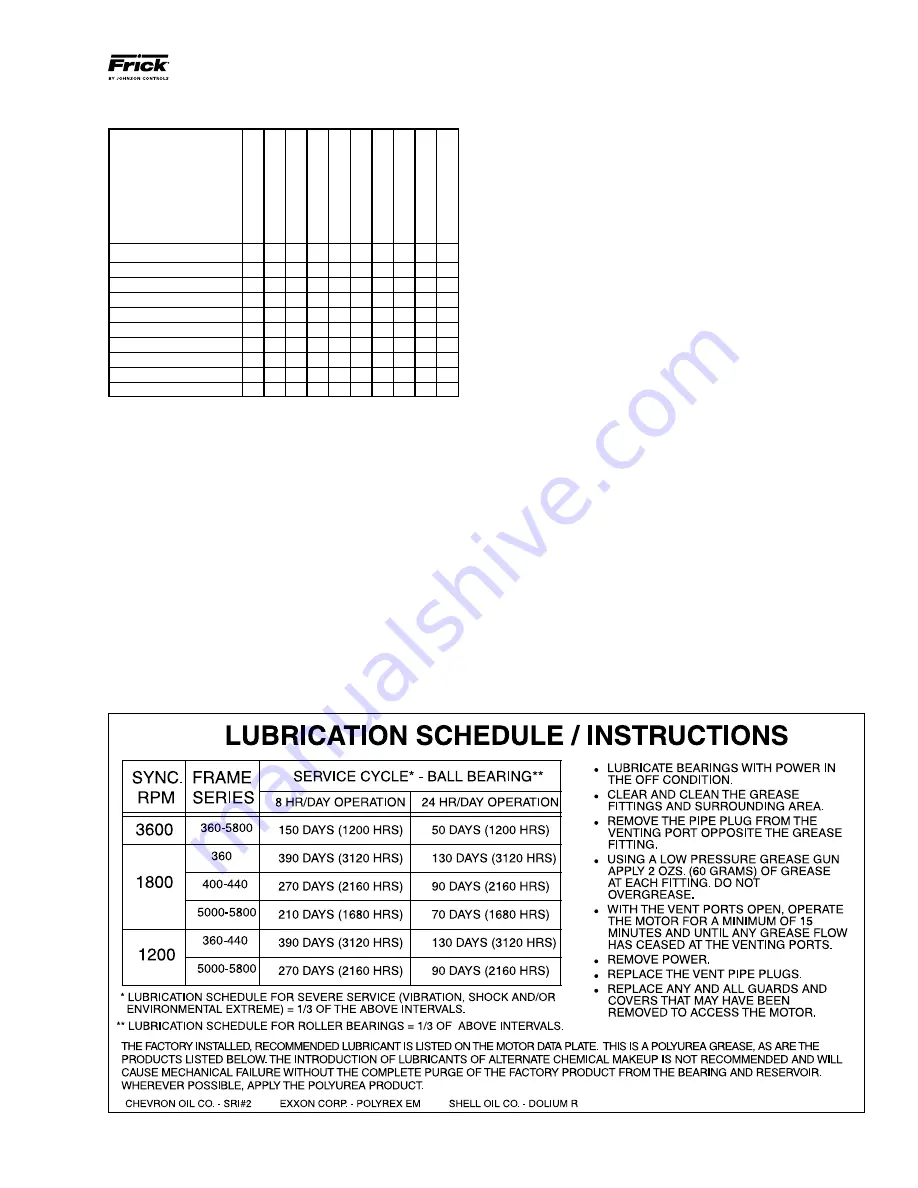
RWF ROTARY SCREW COMPRESSOR UNITS
MAINTENANCE
S70-600 IOM (OCT04)
Page 29
Figure 25
Aluminum Complex
– I
I C I
I
I
I C I
Barium
I – I C I
I
I
I
I
I
Calcium
I
I – C I C C B C I
Calcium 12-hydroxy
C C C – B C C C C I
Calcium Complex
I
I
I B – I
I
I C C
Clay
I
I C C I – I
I
I
I
Lithium
I
I C C I
I – C C I
Lithium 12-hydroxy
I
I B C I
I C – C I
Lithium Complex
C I C C C I C C – I
Polyurea*
I
I
I
I
C
I
I
I
I –
B = Borderline Compatibility
C = Compatible
I = Incompatible
* Standard
Alumin
um Comple
x
Bar
ium
Calcium
Calcium 12-h
ydro
xy
Calcium Comple
x*
Cla
y
Lithium
Lithium 12-h
ydro
xy
Lithium Comple
x
P
olyurea
NLGI Grease Compatibility Chart
TROUBLESHOOTING GUIDE
Successful problem solving requires an organized ap proach
to define the problem, identify the cause, and make the proper
correction. Sometimes it is possible that two relatively obvi-
ous problems combine to provide a set of symptoms that can
mislead the troubleshooter. Be aware of this possibility and
avoid solving the “wrong problem”.
ABNORMAL OPERATION
ANALYSIS and CORRECTION
Four logical steps are required to analyze an opera tional
problem effectively and make the necessary correc tions:
1.
Define the problem and its limits.
2.
Identify all possible causes.
3.
Test each cause until the source of the problem is found.
4.
Make the necessary corrections.
The first step in effective problem solving is to define the
limits of the problem. If, for example, the compressor peri-
odically experiences high oil tempera tures, do not rely on
this observation alone to help identify the problem. On the
basis of this information the apparent corrective measure
would appear to be a readjustment of the liquid injection
system. Lowering the equalizing pres sure on the thermal
expansion valve would increase the refriger ant feed and the
oil temperature should drop.
If the high oil temperature was the result of high suction
superheat, however, and not just a matter of improper liquid
injection adjustment, increasing the liquid feed could lead to
other problems. Under low load conditions the liquid injection
system may have a tendency to overfeed. The high suction
superheat condition, moreover, may only be temporary. When
system conditions return to normal the units’ liquid injection
will overfeed and oil temperature will drop. In solving the
wrong problem a new problem was created.
When an operating problem develops compare all operat ing
information on the MAIN OPERATING SCREEN with normal
operating conditions. If an Operating Log has been main-
tained the log can help determine what constitutes normal
operation for the compressor unit in that particular system.
The following list of abnormal system conditions can cause
abnormal operation of the RWF compressor unit:
1.
Insufficient or excessive refrigeration load.
2.
Excessively high suction pressure.
3.
Excessively high suction superheat.
4.
Excessively high discharge pressure.



